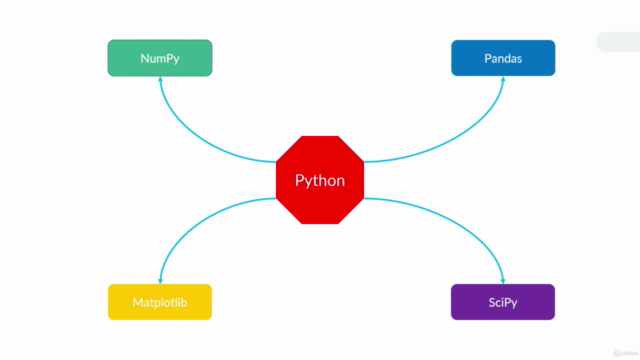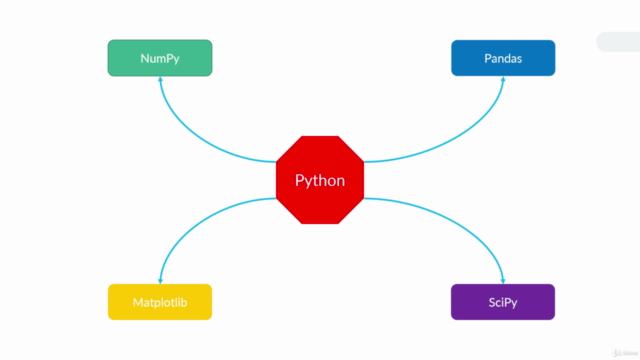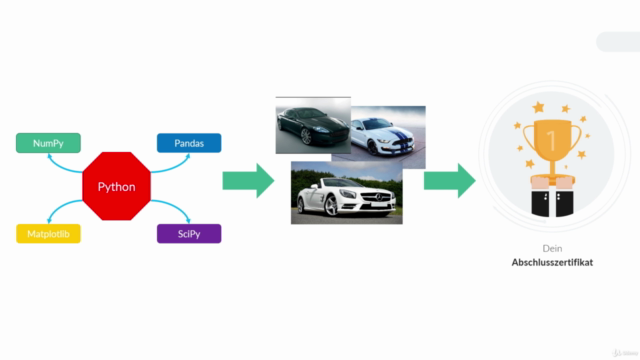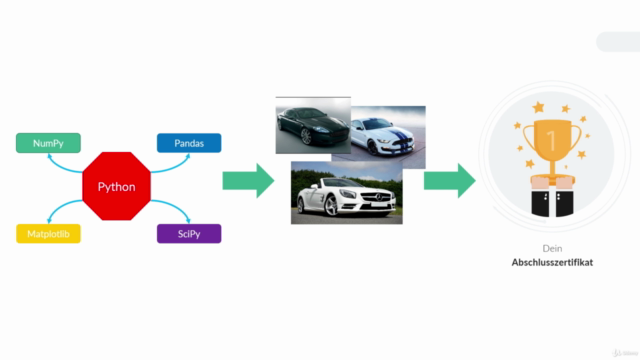Data Science für Python: NumPy, Pandas, Matplotlib & SciPy
Der NumPy, Scipy, Pandas und Matplotlib Grundlagenkurs: Sei bereit für Deep Learning, Machine Learning und Data Science
3.86 (137 reviews)

7,532
students
9.5 hours
content
May 2021
last update
$44.99
regular price
What you will learn
Verstehe und programmiere mit dem Numpy Stack.
Lerne die Grundlagen von Python
Nutze NumPy, um Berechnungen durchzuführen und Daten zu generieren
Nutze Pandas, um Daten aus Excel auszulesen und zu verarbeiten
Nutze Matplotlib, um Daten in Diagramme zu visualisieren
Nutze SciPy, um den einstieg in die Welt von Machine Learning zu erkunden
Screenshots




Related Topics
2389394
udemy ID
5/29/2019
course created date
8/18/2019
course indexed date
Bot
course submited by